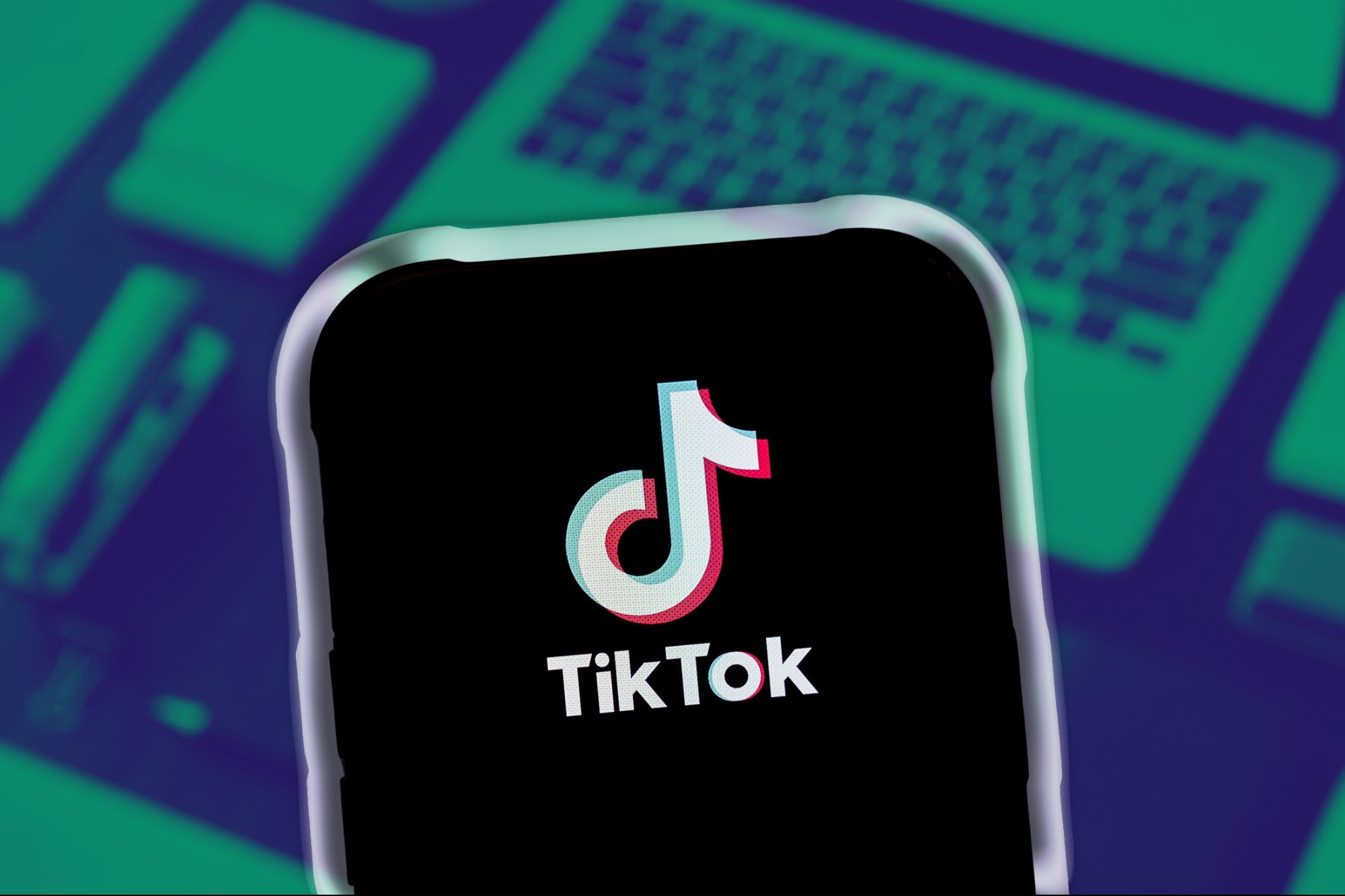A Look at Telemedicine as a Tool for Cities to Fight Coronavirus Let's examine the factors that influence the uptake and implementation of telemedicine in the Covid-19 era and the opportunity for European cities, governments, businesses, and nonprofits alike.
By Michael Jurgen Garbade Edited by Jason Fell
Opinions expressed by Entrepreneur contributors are their own.
You're reading Entrepreneur Europe, an international franchise of Entrepreneur Media.

As Hamza Mudassir intimated in his opinion on Entrepreneur; Covid-19 Will Fuel the Next Wave of Innovation, the ongoing coronavirus pandemic has created a global public health response that placed emphasis on telemedicine in delivering healthcare that cuts across different medical subspecialties.
In fact, Grand View Research finds that the global telemedicine market size was estimated at USD 55.9 billion in 2020 and is expected to reach USD 72.7 billion in 2021 especially as a result of the pandemic.
The preparedness of healthcare systems is typically challenged by national and global health emergencies, but with global lockdown and quarantine measures implemented across the globe as a result of Covid-19, access to telemedicine has never been more important.
Telemedicine has emerged as a critical tool in rolling out treatment options and healthcare campaigns even to the minorities and underrepresented communities, and provides a template of how European cities, governments, businesses, and nonprofits can implement telemedicine in tackling coronavirus.
A vital alternative solution in time of need.
Telemedicine plays a huge role in providing access to healthcare not only to developed nations but in underrepresented communities, low and middle-income countries, and remote areas.
This article seeks to analyze the implementation of telemedicine across cities of the world and the factors that influence the uptake and implementation of telemedicine in the Covid-19 era.
Telehealth technology offers very many different benefits, but mostly in non-emergency/routine care and cases where the services of direct patient-provider interaction are not readily available such as in a pandemic.
This technology reduces the resources used in health centers, improving access to healthcare, and minimizing the risk of direct transmission of Covid-19. Not only does it help to keep people safe but it provides wide access to caregivers. This is why this technology will always be an attractive and affordable option for mass healthcare delivery. One such platform is the National Coronavirus Hotline(NCH) that has created a platform for institutions and governments to roll out healthcare campaigns.
Telehealth makes it possible for several organizations and healthcare situations to be incorporated into one virtual network, organized by a central clinic. Virtual care for essential medical needs frees up medical staff and equipment that is directed towards those who get sick from Covid-19.
In addition, since congregating in small waiting rooms is discouraged, coronavirus transmission from one person to another is essentially eliminated via telemedicine. Telehealth has become essential for providing healthcare in Covid-19 and even beyond, especially now that people are in quarantine, making it possible for patients to contact health care providers in real-time for advice on their health problems.
Telemedicine platforms can be used to deploy healthcare interventions to any demographic. Cities, governments, nonprofits, institutions can now use telehealth to respond to medical needs in all demographics, local and abroad.
How telehealth services have been deployed since the Covid-19 outbreak.
Cities around the world have had to adapt quickly to providing health services through telemedicine to prevent possible exposure to Covid-19 and make it possible for critical patients to get the in-person care they need.
During the Coronavirus pandemic, different cities have continued to develop and advance their telehealth service capabilities, with trends beginning to emerge across the world. Countries across Europe have approached the expansion in many different ways.
In the United Kingdom (UK), several telecommunication companies like BT, Sky, and Virgin Media have agreed to support the National Health Services (NHS) in providing telehealth for healthcare practitioners. Primary care, counseling, clinical trials, and chronic disease reviews are moving rapidly to telehealth delivery.
Before Covid-19, the UK government had initially planned central funding based on a long-term plan to reduce the number of outpatient representations. However, the increased need for telehealth means this had to be put in place much faster than anticipated.
The UK Secretary of State for Health, Matt Hancock declared during the peak of the crisis that NHS general practitioners should see patients remotely by default. This caused a tremendous jump in virtual GP appointments from 25 percent to 71 percent.
Is telemedicine the 'new normal' or the future?
As the pandemic slows down, many wonder what will happen to telemedicine down the road? There is the perception that the way telemedicine is being utilized will not persist into the future, but it is sure to remain very useful for both patients and providers and even better than it was in the pre-pandemic.
The silver lining of the Covid-19 is that providers, patients, regulators, and investors can embrace and support telemedicine as an essential enhancement that provides the best care possible. It is safe to say that telehealth is the new normal and there is no turning back. The innovations that are coming up have started to look beyond the pandemic already.
So what can we expect?
The recognition that telehealth is capable of replacing in-person visits in different situations. Healthcare providers and patients have turned to telehealth to provide care for new and existing healthcare conditions in the pandemic. This rise in popularity has provided additional data that shows how valuable telehealth is.
Besides telehealth visits, patients want to quickly and easily access patient care navigators and wellness advisors that provide basic healthcare information that enables them to manage their healthcare needs before they can seek the treatment of a licensed healthcare professional.
Healthcare providers in the United States will still be hindered by state-by-state regulation of telehealth. While some of the barriers have been temporarily lowered by state waivers on professional licensure as a result of Covid-19, these waivers have or will expire in many states, which will leave telehealth providers with the burden of developing compliance strategies on a state to state basis.
In-person care constraints will have to be removed for telehealth to reach its full potential. By doing this, remote monitoring can help to engage patients on a real-time basis so that care can be provided on an ongoing basis, without any interruption or need for pre-scheduled visits.
Covid-19 has served as the catalyst for the adoption of telehealth at an unprecedented rate. A technology that works well and effectively will always be in demand well beyond the event that has catalyzed its usefulness. When patients can receive superior quality healthcare conveniently through digital technologies, this improved experience is capable of changing the approach to traditional healthcare permanently.
The transactional business model of healthcare is a challenge that could limit the widespread adoption of telehealth. Now that data demonstrates the value of telehealth is available to lawmakers, reimbursement codes for different modalities need to be reevaluated. This reevaluation will drive the faster adoption of telehealth by providers as payments and services rendered align more appropriately.
Without a doubt, telehealth has improved the delivery of healthcare services during the Covid-19 outbreak. It is an important tool that has allowed patients and health providers to remain safe and protected.
Despite the variabilities in telemedicine uptake all over the world, evidence shows that telehealth or telemedicine has improved the performance and outcomes of health systems in developed and even developing countries.
The Covid-19 pandemic has served as a springboard trajectory for massive adoption across board. Partnerships between governments, the public, and the private sector have been established to support and accelerate its roll-out.
Telemedicine has shown that health providers are able to deliver quality care remotely while reducing costs at the same time. Consolidating on its successes in the Covid-19 era, telemedicine services will likely be strengthened and widened upon into the future.













